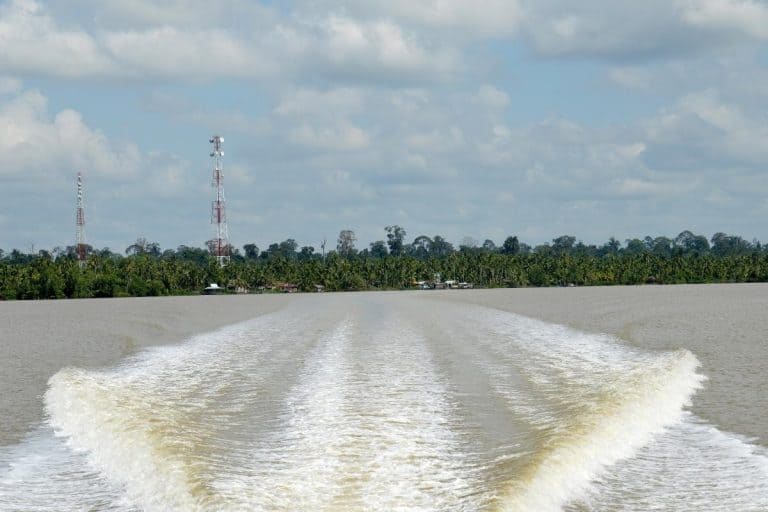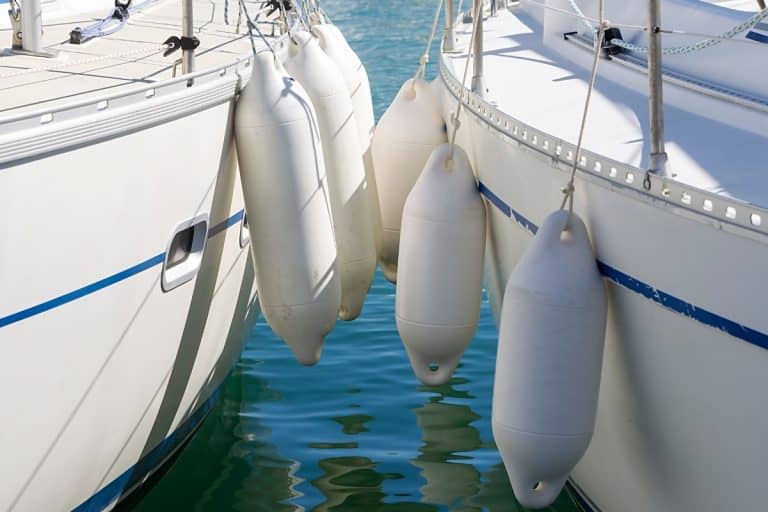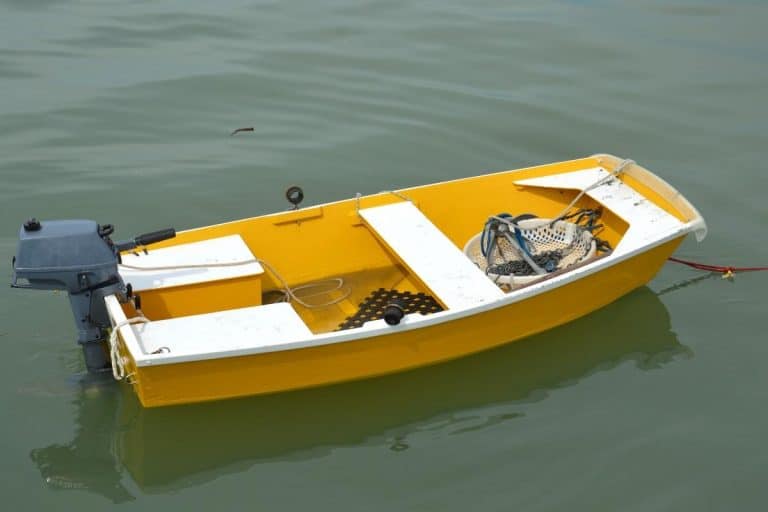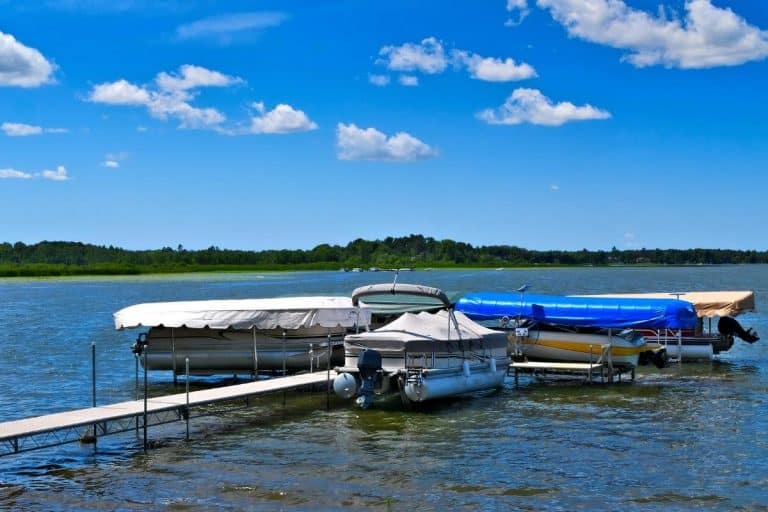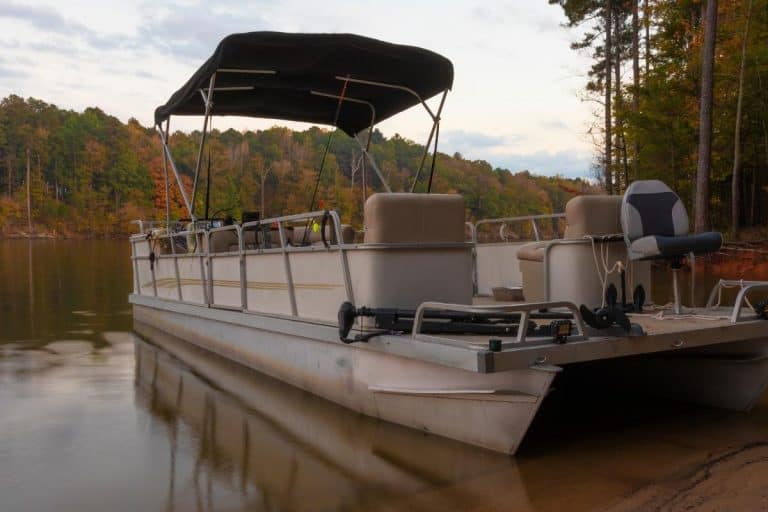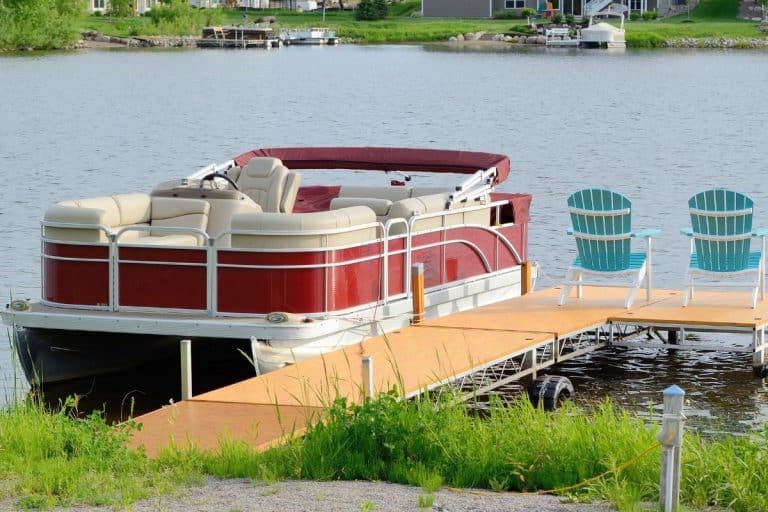What Is a Boat Keel?
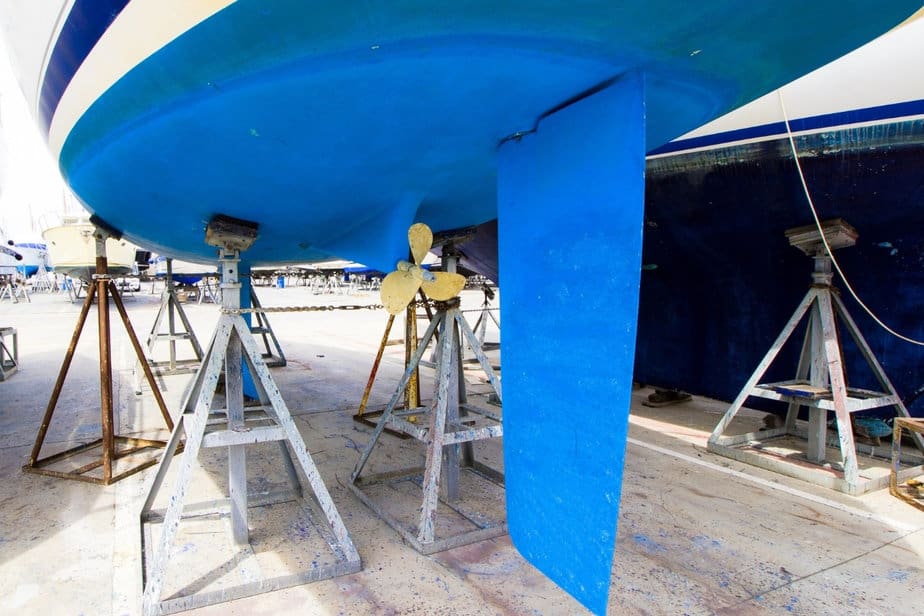
Although you usually hear about them in relation to sailboats, many boats have keels. You’ll learn all about a boat keel’s purpose and functionality in today’s boating guide.
What is a boat keel? A boat keel is a blade-like beam underneath the boat that’s multipurpose. The keel keeps the boat upright and improves control and stability while you move the boat forward.
Ahead, I’ll elaborate further on the definition of the keel, go over the different types, and discuss whether all boats even have keels.
What Is a Boat Keel?
From the stern of your boat to the bow is the keel, a type of long beam or blade that offers structural support.
Of all the parts of a boat, the keel is the furthest at the bottom, which makes it relatively easy to identify.
Keels are a common sight on many boats, but they’re popularly known as being a feature on sailboats.
What Does A Boat Keel Do?
Keeps the Boat Upright
The keel supports the ballast, or the hull weight (if your boat has a ballast) and allows your boat to traverse the water while remaining primarily upright.
That’s not to say that capsizing cannot occur, but in most situations when using a keeled boat, the boat will stay facing the right side up.
Improves Control and Stability
When moving the boat forward, the keel also lends the boat better control and stability. This gives you the confidence as the captain to navigate to your destination.
Reduces Instances of the Boat Being Knocked Sideways
The wind is a double-edged sword when boating, especially when sailing.
On the one hand, you need the wind to fill your sails and help you navigate, but on the other, the wind can easily tip your boat over if it’s strong enough.
That won’t happen as often with a keel. The keel makes it harder for the boat to fall sideways to either the left or the right due to wind forces.
Again, I want to make it clear that capsizing is possible, even with a keel, just less likely.
Structural vs. Hydrodynamic Keels
In the next section, I’ll delve into the types of boat keels, but most fall under one of two categories, structural or hydrodynamic keels.
Let’s take this section to explore the differences.
Structural Keels
A structural keel fits the definition of a keel as I’ve discussed it to this point.
The keel extends from the stern to the bow and crosses the boat’s centerline.
Structural keels are made of whatever material the rest of the boat is and are often built first. Then the keel is installed in the cradle, which is also known as laying the keel.
Hydrodynamic Keels
The next category of keel is the hydrodynamic keel, which is designed for water interactivity.
This type of keel has some lift to it that becomes especially apparent when the wind blows.
This way, the boat can sail nearer to the wind without the risk of being knocked down.
The Types of Boat Keels
Next, as promised, let’s investigate the various types of boat keels and how they’re different from one another.
Bulb Keel
Known also as a wing keel, a bulb keel has a wing-like shape, which explains its nickname.
This keel also features a rather bulbous protrusion towards the middle-bottom or the center of the wing, a feature that’s recommended for heavy, long boats especially.
Bulb keels are beneficial in several ways.
The keel can lessen the amount of drag or water resistance when sailing or boating. The reduced surface area improves the hydrodynamics of the boat as well.
Additionally, bulb keels modify the water flow to allow the boat to sail forward more naturally.
Bilge Keel
Next is the bilge keel, which some refer to as the twin keel.
A bilge keel is quite shallow and is thus designed for coastal waters that are equally as shallow. These keels support cruising but not so much racing.
You will not find a bilge keel on the boat’s centerline but on both sides of the hull.
There are indeed two bilge keels if your boat has them, which explains the nickname of twin keels.
The dual keels support the boat even when sailing during low tide and also make it easier to both launch your boat and recover it if need be.
However, should you venture into waters that are a little too shallow in your bilge-keeled boat and you end up aground, then you can’t reduce the leeway to the degree you need to very easily with these keels.
Lifting Keel
From there, we’ve got the lifting keel, which is also designed for shallower waters but with more cruising flexibility.
A lifting keel may be near the lifting centerboard and ballast stub keel, which divides the ballast.
These keels also need an electric motor, rope winch, or wire for lifting or pulling.
When the keel lifts, that’s how a lifting keel allows you to sail through shallow waters.
Then, in deeper waters, you can lower the keel, which makes the lifting keel multifunctional and thus very useful.
You can still find yourself beached on your boat if you venture into very shallow waters, and a lifting keel can’t do too much to help you at that point.
Recovering is easier with a lifting keel than with a bilge keel though.
That said, you do have to watch your conditions. The keel box can get filled with all sorts of debris, be that pebbles or even mud or sand.
When that happens, mechanical keel failure is likelier.
Considering the high cost of a lifting keel due to its mechanical components, you want to keep yours in operational shape for as long as you can.
Fin Keel
The fin keel is a common keel seen in many recreational sailboats on the market today.
The keel will be first cast in lead and then bolted to the boat, either on the underside or straight below at the bottom.
Fin keels have reduced drag and exceptional performance, making them a desirable type of keel.
The ballast benefits and reduction in sideways movement are other perks, as are the keel’s high speeds, reduced water resistance, and tiny size.
The narrowness of a fin keel does mean that your turning radius is shorter, which is something to keep in mind.
However, if you need to execute a turn fast, this is where a fin keel really shines.
The hydrodynamics of a fin keel are another talking point.
That said, fin keels are considered not as stable as some other keel types that I’ve explored in this section.
The reduced resistance against powerful waves and wind means that you could tip more often or at least lean.
Full Keel
The last type of boat keel is the full keel, which is also known as the long keel.
Many recreational boats use a full keel, as it has a V-shaped, narrow design that protrudes from the hull downward.
Full keels are weighted to improve their stability and strength, both of which are quite exceptional.
A full keel can safeguard the boat’s propeller and rudder, which is certainly a plus.
However, the reduced efficiency and speed of these keels does create drag. The keel also has a spacious surface area, which worsens drag as well.
Maneuvering can be a challenge with a full keel, and turns are usually slower as well.
Do All Boats Have a Keel?
Now that you have a much clearer understanding of what boat keels are and how they work, you may be wondering whether every boat has them.
The answer to that question is no, they don’t.
Flat-bottomed boats like dinghies often lack keels, which means that the boat will skim or slip along the water.
Dinghies don’t have ballasts either.
A dinghy is a boat that’s under 20 feet long on average. To make up for the lack of keel, a dinghy will have a daggerboard or centerboard.
You can alter the positioning of the daggerboard or centerboard, raising it or lowering it according to the types of waters you’re traversing.
